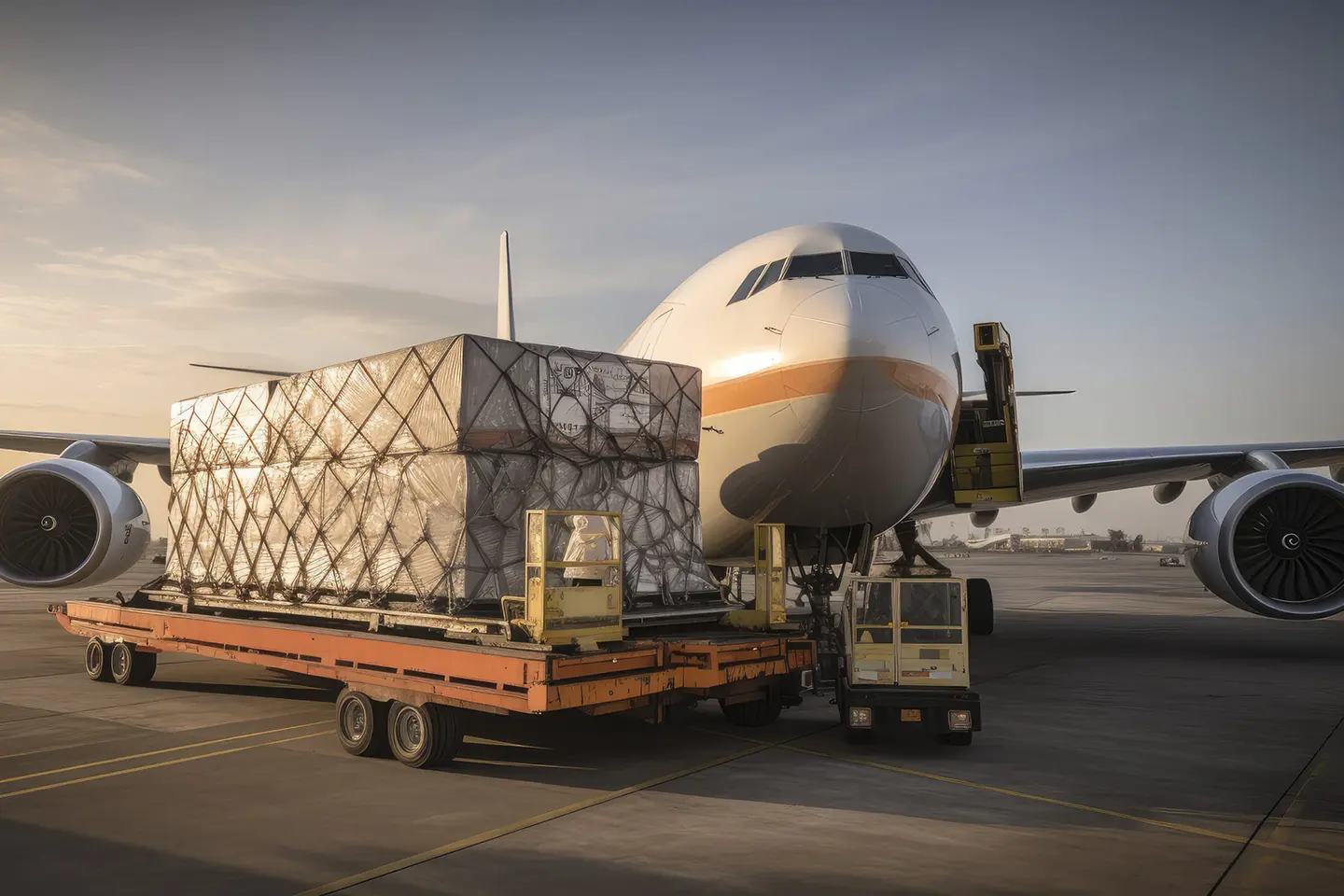The looming East Coast port strike could disrupt more than just the waterfront—it has the potential to throw the entire U.S. transportation network into chaos. With port workers going on strike at 36 ports from Maine to Texas, the ripple effects will spread far beyond the docks, impacting railroads, trucking companies, and even warehouses. If the port workers follow through and the port strike becomes a reality, the consequences could be severe and long-lasting for businesses and consumers alike.

Why Are Port Workers Going on Strike?
The port union strike is the result of a long-standing labor dispute between the International Longshoremen’s Association (ILA) and the U.S. Maritime Alliance, which represents terminal operators and shipping companies. The ILA is demanding a 77% wage increase over six years and tighter restrictions on the use of automation, arguing that these moves are necessary to protect jobs and ensure fair compensation for the thousands of dockworkers handling America’s goods.
If no agreement is reached, the US East Coast port strike will bring some of the busiest shipping hubs—like New York and Houston—to a complete standstill. This could lead to major backlogs and delayed deliveries, just as retailers are gearing up for the holiday season. And if a sea port strike like this drags on for weeks, the delays could last well into 2025.
How a Port Strike Could Jam Up Rail Networks
One of the first industries to feel the heat from an East Coast port strike will be the railroads. With key ports shut down, cargo will have to be redirected to West Coast ports like Los Angeles and Seattle, adding even more pressure to a rail system that’s already operating at capacity. When too many containers get funneled through one region, it creates congestion on key rail routes, causing delays and equipment shortages that can affect supply chains all the way across the country.
Trucking Companies Brace for a Capacity Crunch
As rail networks get backed up, the trucking industry will be the next in line to handle the fallout. Demand for local drayage trucks, which are responsible for moving containers from ports to nearby warehouses, will skyrocket. And it won’t stop there—long-haul trucking companies will also see increased demand as shippers try to avoid rail delays and move goods directly by road.
The problem? There aren’t enough drivers or trucks to handle the sudden spike in volume. With port workers on strike, trucking rates will likely soar, and smaller trucking companies may struggle to keep up. The result could be delayed deliveries, higher costs, and a chaotic scramble to get goods to their final destinations.
Air Cargo and Parcel Delivery Aren’t the Perfect Fix
For companies shipping high-value or time-sensitive goods, air freight may seem like the go-to solution. However, air cargo is already dealing with limited capacity and high rates, making it an expensive option for many businesses. Additionally, parcel delivery networks like FedEx and UPS are likely to get swamped with shipments as companies look to move goods that are stuck in limbo due to the East Coast port strike.
This increased demand will likely lead to delays in last-mile delivery services as well, making it even harder for retailers to get products to consumers on time. In the middle of a shipping port strike, the logistics network can quickly reach a tipping point where delays and costs spiral out of control.
Barge and Inland Waterway Transportation
The impact of an East Coast port workers strike could also spill over to barge and inland waterway transportation. Many East Coast ports serve as gateways for goods that are transported on barges along the Atlantic Intracoastal Waterway. If these ports are unable to offload and process shipments, it could create significant bottlenecks on inland waterways, delaying the movement of goods like construction materials and agricultural products.
Warehouses and Distribution Centers Could Get Overwhelmed
With goods arriving at unpredictable times, warehouses and distribution centers (DCs) will also become bottlenecks in the supply chain. Facilities that typically handle a steady flow of products will have to deal with sudden surges in inventory, followed by long dry spells as shipments get delayed. This erratic flow could overwhelm storage capacity and lead to increased costs for labor, space, and equipment.

What Happens Next?
If the USA port strike becomes a reality, businesses will need to rethink their logistics strategies quickly. That could mean finding alternative shipping routes, beefing up warehousing space, or even shifting production to reduce reliance on imports. In the meantime, consumers should brace for potential price hikes and product shortages.
As the port strike news unfolds, all eyes are on the East Coast to see if an agreement can be reached before the clock runs out. If not, this port strike update could mark the beginning of one of the biggest disruptions to U.S. supply chains in years—one that could have ripple effects from coast to coast and last well into the new year.
Share this article:
About Us

More than just a white glove delivery company: we specialize in receiving, warehousing, shipping, and national white glove delivery & installation services.
Categories
Related posts
Ready to get started?

Experience new growth opportunities and elevate your business to the next level with our unparalleled white-glove delivery service and extensive coverage. By partnering with us, you can tap into previously undiscovered potential that will drive you closer to your goals.

Latest blog posts
Your Cargo, Our Care: The Power of Freight Forwarding Services
If you are wondering how to protect furniture in storage, the experts from Elite Anywhere are here to solve any dilemmas and help you navigate the whole process with ease.
Mastering Logistics: The Art of Warehousing and Distribution
Mastering Logistics: The Art of Warehousing and Distribution Logistics is the backbone of any successful business, ensuring that products reach every customer seamlessly and on tim
Last-Minute Delivery for Denver Luxury Mansions
Need last-minute delivery for Denver luxury mansions? Get fast, careful shipping for high-end furniture and decor with Elite Anywhere’s expert service.

A complete end-to-end logistics company. From receiving to last-mile delivery and everything in between, our staff delivers a true white glove experience with meticulous care and attention to detail. Need something pickup up, crated, and delivered - anywhere in the world? Let's get started!





